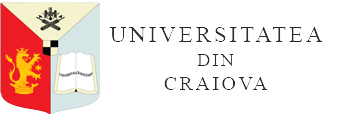RESEARCH ON WEED CONTROL ON ALBIC LUVISOL OF NORTHWESTERN ROMANIA IN AUTUMN WHEAT CROP
DOI:
https://doi.org/10.52846/aamc.v53i1.1458Abstract
The research was carried out in the 2022-2023 agricultural year, the experience being located on an albic luvosol with a pH of 5.1, a clay content of 20.9% and a humus content of 1.8, the Glosa wheat variety being sown. The present work presents the effectiveness and efficiency of herbicide treatments on wheat production on an albic luvisol in Livada township, Satu Mare county, and implicitly the weed control strategies. The dominant species in the wheat culture on the albic luvosol are: Matricaria inodora, Raphanus raphanistrum, Sinapis arvensis, Cirsium arvense, Viola arvensis, Apera spica-venti, Gypsofila muralis, Sclerantus anuus, Elymus repens, Convolvulus, Galeopsis tetrahit. The effectiveness of the treatments was different depending on the herbicide used and the degree of weeding. The effective fight against weeds in the field requires a good knowledge of the pedoclimatic conditions that influence the effectiveness of herbicide treatments applied pre-emergence or post-emergence due to the different floristic composition depending on these conditions. It is noted that the fight against weeds in the wheat crop and beyond is an important link without which a profitable crop cannot be achieved. Herbicides remain one of the most effective means of combating weeds in the wheat crop.


